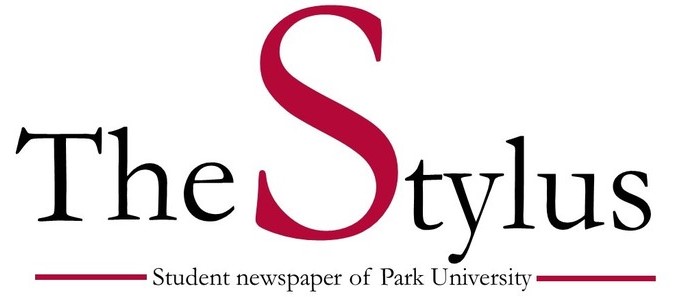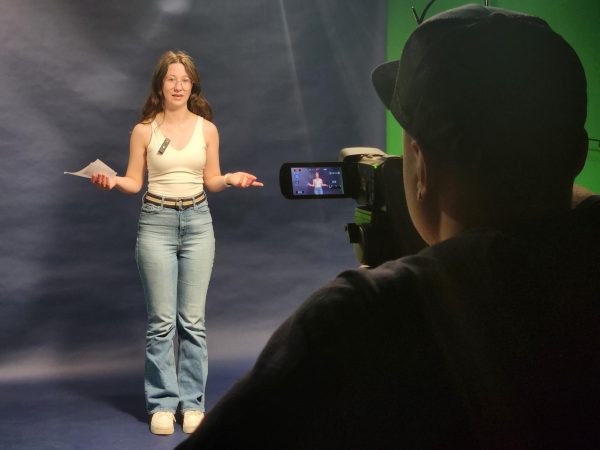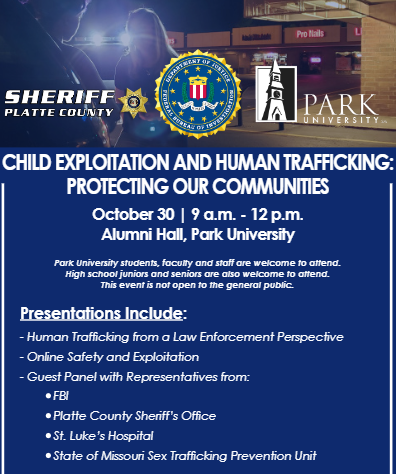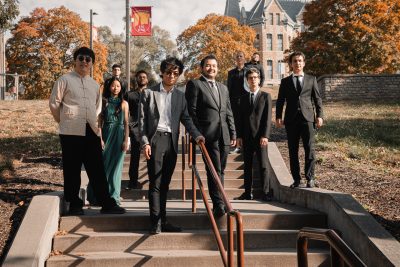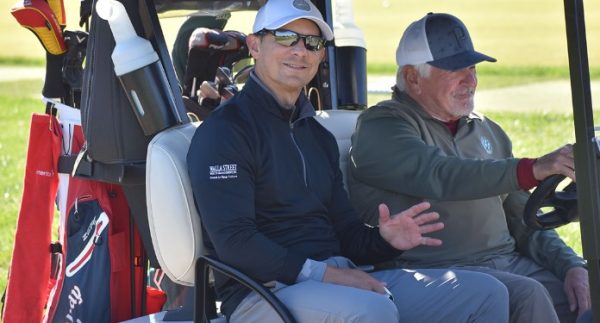Park undergraduate students publish research
Three Park University students and their professor have published an academic article in a peer-reviewed science journal. “Review of Palaeobotany and Palynology” accepted, reviewed, and finally published an article titled “Growth habit indicators from Permian Antarctic glossopterids.” The research for this article, and the article itself, were all completed by Park students Margarita Araiza, Shelby DeWitt and Brooke Kelly, with assistance and advising from Dr. Patricia Ryberg.
Review of Palaeobotany and Palynology is a peer-reviewed scientific journal of palaeobotany – the study of fossil plants – and palynology, the study of pollen grains and spores.
The research began with a grant request written by Dr. Ryberg about how this research could help understand ways to combat climate change. Araiza, who is a senior secondary education and biology major, talked about the idea behind the project.
“We studied a plant called the glossopertid from Antarctica,” Araiza said.
“Photosynthesis – it’s main reactants are water and carbon dioxide,” Araiza said. “Plants now, they would not have survived during the Permian time period [299 to 251 million years ago] because the carbon dioxide levels were just too high. And so [Dr. Ryberg] wrote this grant saying how right now, with climate change, our carbon dioxide levels are rising and right now these carbon dioxide levels are affecting our plants today. So she wrote this grant explaining this to the National Science Foundation.” This resulted in a research grant from the National Science Foundation.
“They actually gave her a grant,” Araiza said, “to explore and to research over this glossopertid plant so we can understand how it survived during this time period. That way, we can see how our plants today can survive with our carbon dioxide levels right now.”
This research and the grant, also allowed DeWitt, Araiza and Dr. Ryberg to attend the Botany Conference in Savannah, Georgia, in August 2016.
“The conference was my favorite part of the entire experience,” said senior biology major DeWitt. “We got to travel somewhere, which was fun.”
At the conference, the group had the professional experience of presenting their preliminary research.
“It was fun to stand up, have professional clothing on, and answer questions,” DeWitt said. “That was probably the best part of the whole experience. I learned how to be confident in giving answers for questions people had.”
DeWitt described other benefits of this experience. “Even though as a science major, you do a lot of papers,” she said, “this was the first one where you had to be really picky about wording and about graphs, about our pictures.”
“I definitely don’t think this would be an opportunity I would have at another school, especially a bigger school,” DeWitt said. “Here, there are a lot of students, but I feel like we get more one-on-one time. At a bigger school…I probably would’ve had a lesser chance to be a part of it.”
Brooke Kelly, a third student involved in this research, was unavailable for comment as she is currently studying abroad in Australia. DeWitt commented on Kelly’s contribution to the project.
“Brooke’s main contribution was helping us get the research done, and she’s really good with the Photoshop stuff,” DeWitt said. “I definitely would thank her for that and for all the research she did. It was a good experience and I feel like Brooke [and Margarita] really contributed, and Dr. Ryberg contributed.”
Dr. Ryberg is currently camping in Antarctica to study “ancient polar environments,” according to a post on the Park University Facebook page. Dr. Ryberg, Dr. Rudy Serbert and Dr. Brian Atkinson – the former two being from The University of Kansas, where much of the research for the article took place – are travelling about 350 miles from the South Pole.
Your donation will support the student journalists of Park University. Your contribution will allow us to cover our annual website hosting costs, freeing up other funds for equipment, printing and training.


